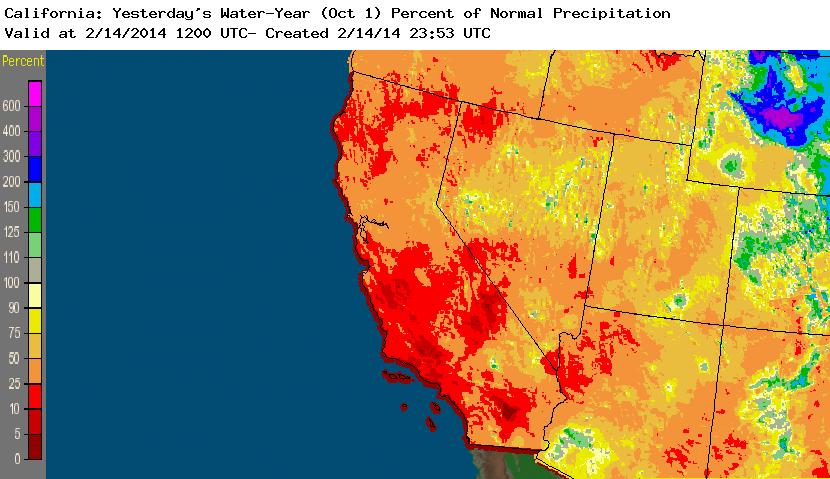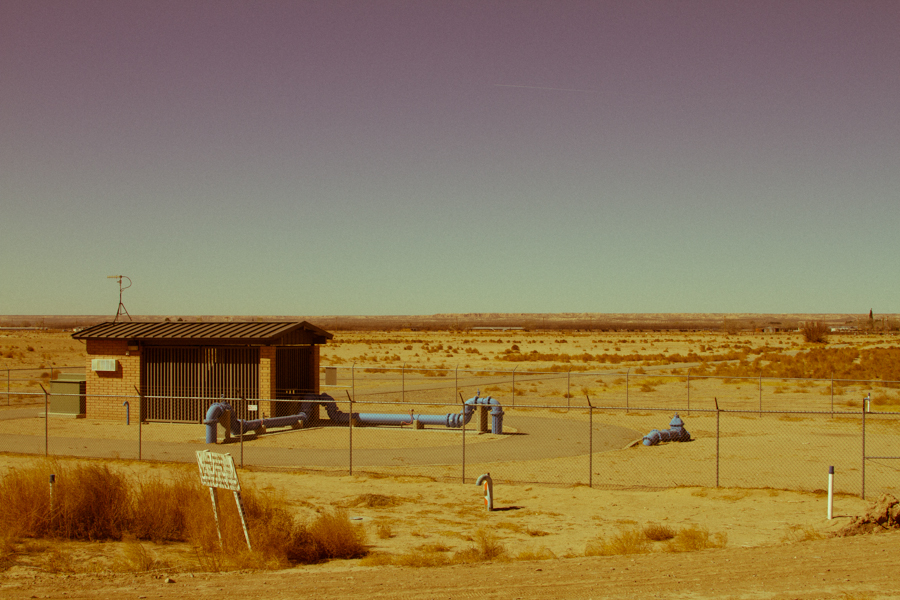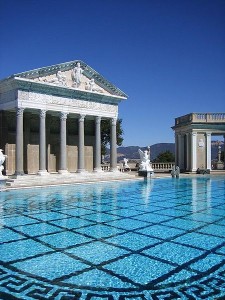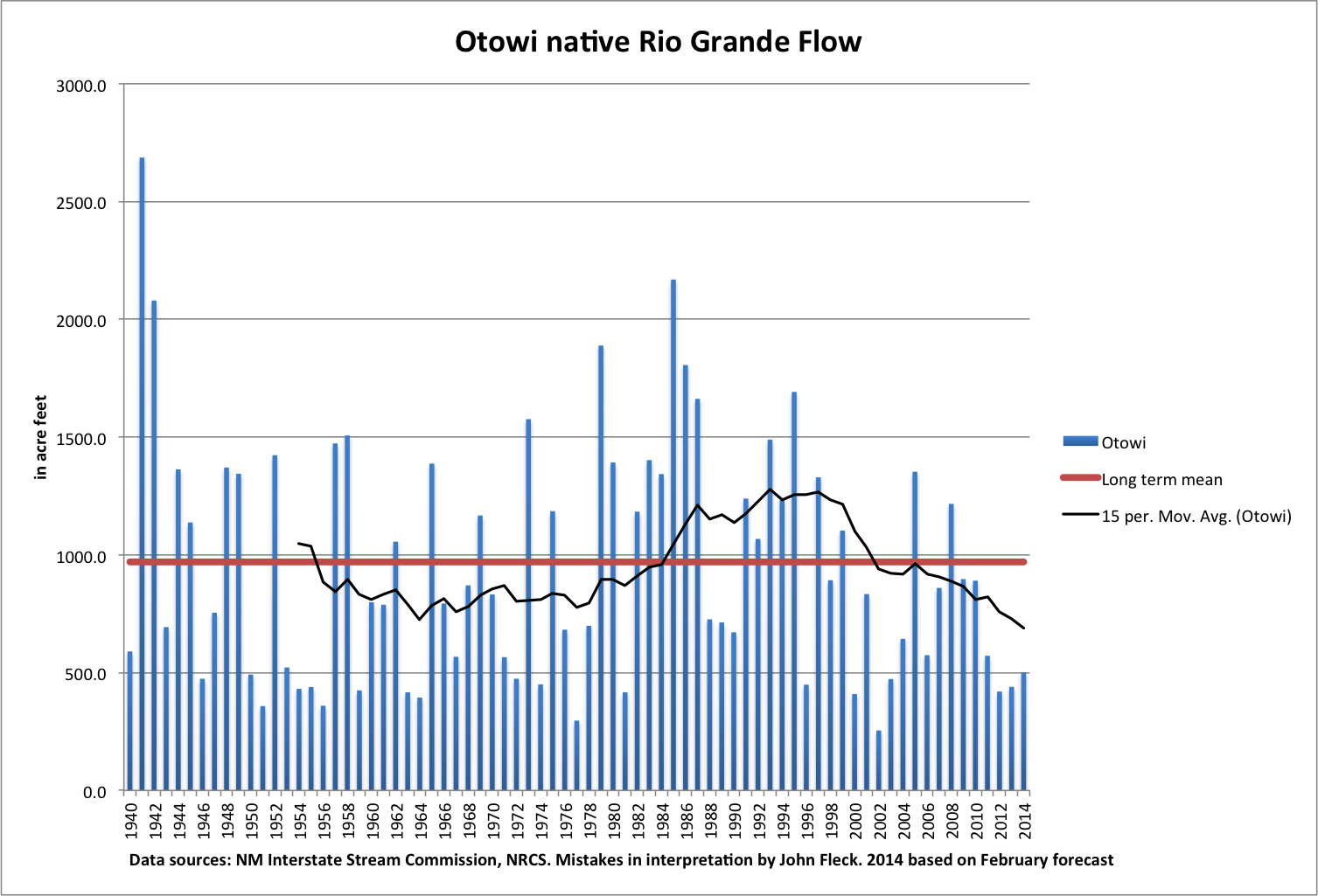
Governing the Commons

As we watch Californians floundering over drought, or sometimes not floundering, it’s worth revisiting Elinor Ostrom’s Governing the Commons . In it, Ostrom tells the story of communities in the San Gabriel Valley, east of Los Angeles, coming together to manage their groundwater at a time when a race to the bottom was underway that, absent collective action, would have drained the critical common pool resource:
. In it, Ostrom tells the story of communities in the San Gabriel Valley, east of Los Angeles, coming together to manage their groundwater at a time when a race to the bottom was underway that, absent collective action, would have drained the critical common pool resource:
The initial steps were taken in the shadow of a court order. Elections and public hearings were held at key stages. The solutions to the pumping race, however were not imposed on the participants by external authorities. Rather, the participants used public arenas to impose constraints on themselves. (emphasis in original)
This is not some fresh, revolutionary approach. It happened back in the 1930s and ’40s. And the system set up still works.
Meanwhile, Jennifer Medina reports on the alternative approach in California’s Central Valley:
This year, Ms. Woolf’s farm will be forced to rely entirely on the ground wells it owns, pumping what they need to keep the existing crops healthy. But there is no way to know how much water is available underground — and with neighboring farmers doing the same, it is only a matter of time before the wells run dry.
“It’s like a bank account that is going to run out, and you don’t know when,” Ms. Woolf said, standing near her fields of garlic, where workers were laying rubber irrigation tubes under the murky cloudless skies. “With no rain, we’re not recharging what we’re taking. Nobody wants to do it this way, but you make the decision where to plant just based on where you can get the water to for as long as it lasts.”
So, to summarize: If communities get together and take responsibility for the finite nature of their aquifers, their water can be reliably managed to last. If they don’t they water as long as it lasts and then, I guess, they’re done. Either way. Their choice.
OtPR:
I have absolutely no sympathy for this predicament. It could not be more directly or more blatantly self-inflicted.






